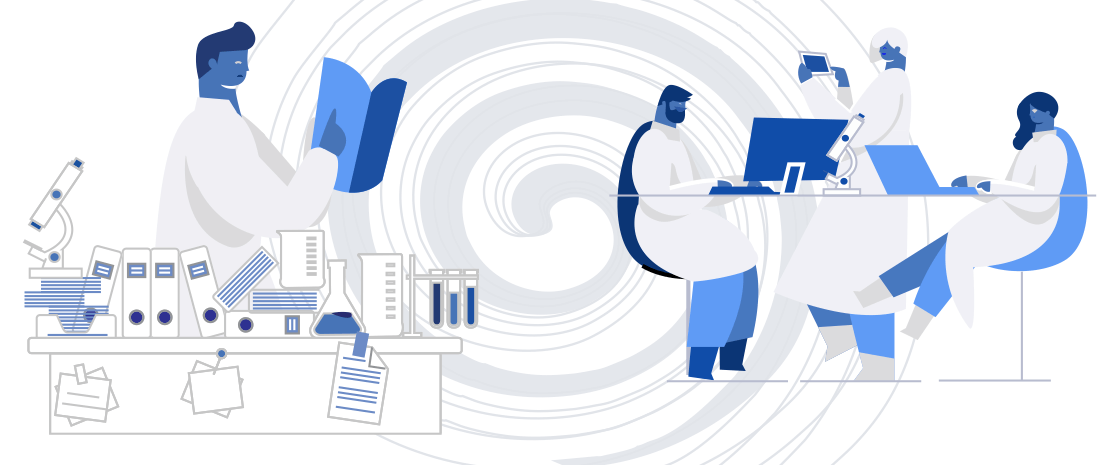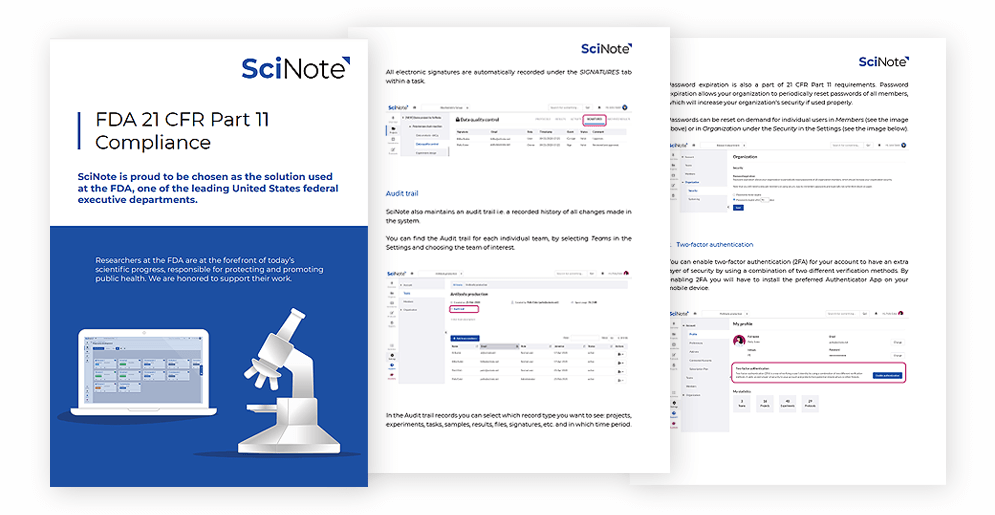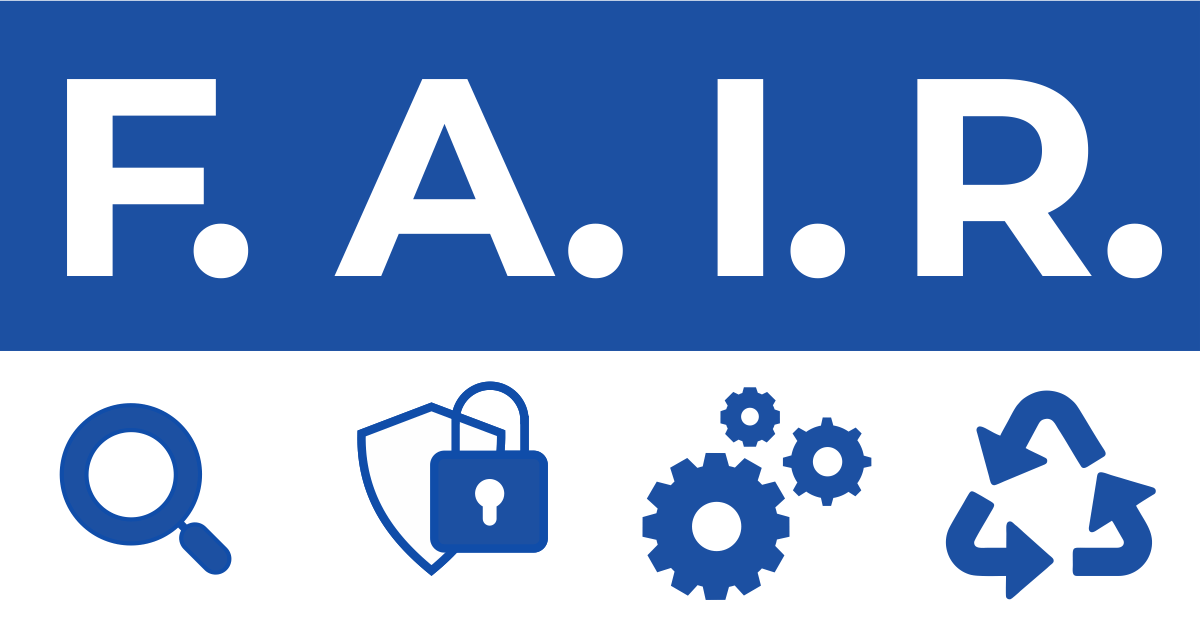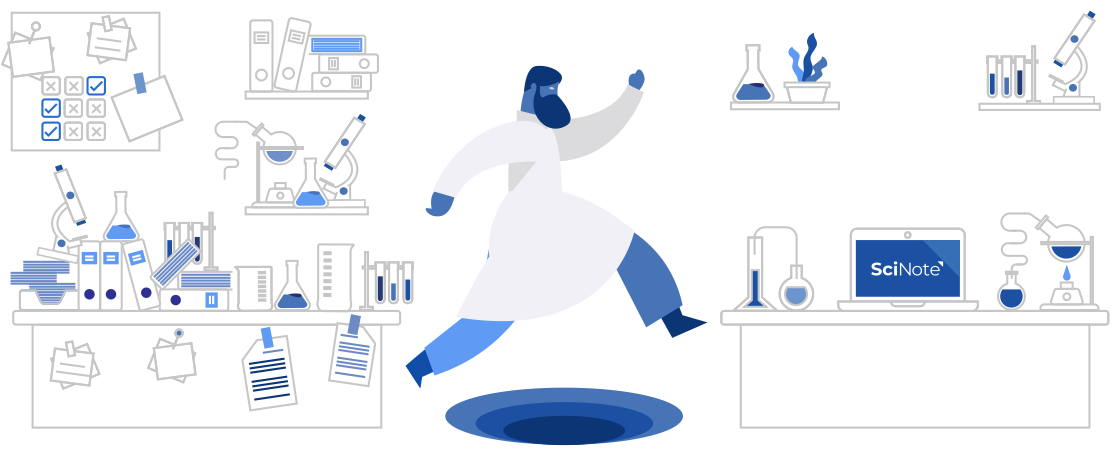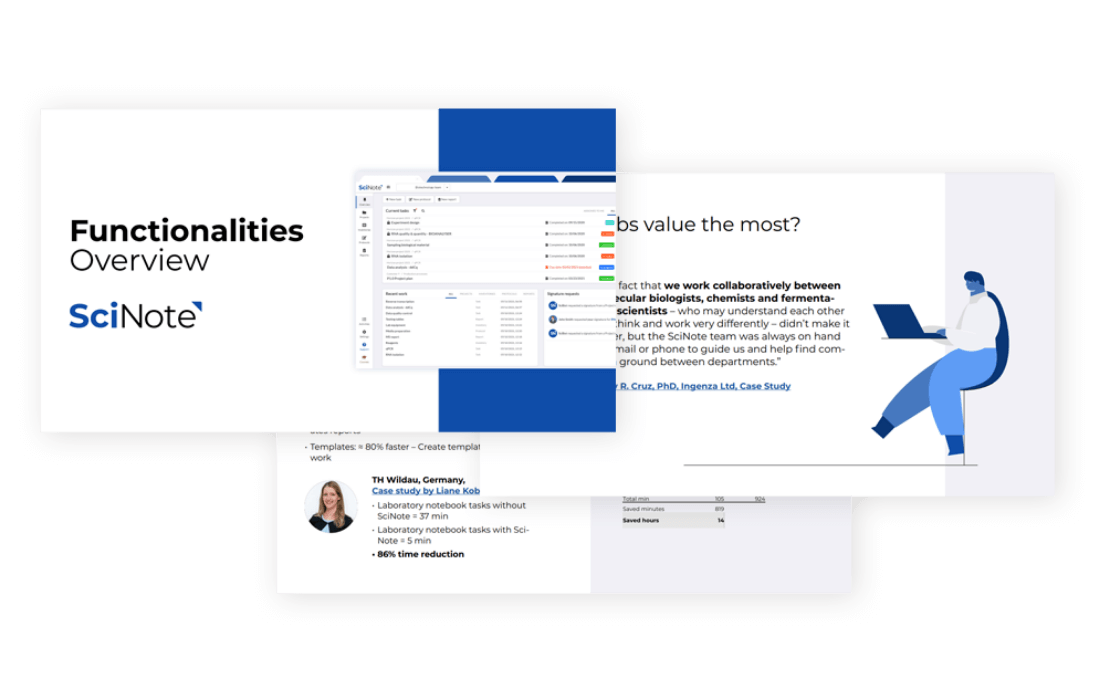How to future-proof your lab management
![]() 7 min read
7 min read
“Future-proofing” means being prepared for the future, so you can avoid unwanted impacts while benefiting from thinking ahead.
In lab management, it essentially comprises forecasting how lab environments and technologies will evolve, so you can take steps to maintain productivity, prevent downtime, maximize output, and preserve advantages over your competition. In this article, we will go over what the future might hold for lab management and share some tips on how you can start future-proofing your lab management, today.
Content
The future is digital
With the drastic increase in our reliance on digital technologies over the past few decades, digitalization has begun to take hold in all aspects within the lab environment – making it an increasingly hot topic, and rightly so. Creating a “digital lab” involves the digitalization of data processes and laboratory operations, with the goal to improve overall laboratory performance. This creates opportunities to optimize workflows, boost productivity, and minimize errors.
Laboratory information – anything from experimental protocols, data and results, to inventory and downstream documentation – has typically been collected and maintained using paper. However, it is becoming evident that the paper system is no longer practical and realistic due to the amount of information generated every day, and the convenience digital tools offer. We anticipate seeing even more movement toward laboratory digitalization, especially with funders and regulators shifting to digital practices, and the increasing availability of advanced laboratory technologies such as high throughput methods.
In this context, it is important to start thinking about digitalization now.
Laboratory digitalization and data sharing
“Data is at the heart of everything we do in science and in the lab. Digital labs can offer meaning to the data collected as it allows scientists to find more openness in and around the data.”
– Clark Leininger, Lab Workflow and Data Stewardship Client Partner, Pfizer, via PharmaIQ
The scientific community’s usage of data and resources is primarily facilitated by making data sharable or discoverable for reuse by others. Therefore, major funding bodies, both in Europe and North America, are looking to enforce digital-based data sharing procedures, as highlighted by the recent data sharing policy announcements by the European Commission and the National Institute of Health (NIH), respectively. Furthermore, the Food and Drug Administration (FDA) is moving towards mandating electronic submission with CFR 21 Part 11 to streamline data review and assessment, drug approval, and post-market drug monitoring.
Learn how SciNote, trusted by the FDA, can help you meet 21 CFR part 11.
Download PDF for free:
Besides the adoption of digital data policies by government agencies, digital data sharing is also a critical factor in technology transfer and scale up. The ability to share experimental data in a clear and organized fashion, with full traceability, can significantly reduce the time from R&D to production, ensure accountability, and prevent errors that could be detrimental in any highly competitive landscape.
Here are some practical tips and advice on how you can future-proof your lab management in the context of lab digitalization.
1. Ensure your data is FAIR
Analyzing the increasing volumes of data in science is a challenging endeavor, and the amount of data is only growing bigger and more diverse by the day. This is likely owed to the demands in data integrity, as well as the availability of various experimental tools that generate large data sets. The quality of data itself is also a concern, given that latest applications such as artificial intelligence (AI) and machine learning (ML) depend heavily on high-quality data to produce high-quality results. As part of the future-proofing process of a lab, a key consideration is to ensure experimental data and meta data produced in the lab are findable, accessible, interoperable, and reusable (FAIR) by both humans and machines.
“Good data management is not a goal in itself, but rather is the key conduit leading to knowledge discovery and innovation, and to subsequent data and knowledge integration and reuse by the community after the data publication process.”
Wilkinson, M., Dumontier, M., Aalbersberg, I. et al. The FAIR Guiding Principles for scientific data management and stewardship. Sci Data 3, 160018 (2016).
With this, you can be sure to exploit new technologies in the future, streamline your technology transfer process, avoid unnecessary expenses to re-create critical information that is inaccessible, and get the most out of your research investment.
2. Consider integration and automation when purchasing equipment and tools
According to Automata, a laboratory workflow automation company, “Lab Automation is the process in which tools and equipment can be controlled with minimum interaction.” Lab automation systems can help reduce the most repetitive chores in a lab typically done manually by lab personnel. These days, automation in the lab has further expanded to include data collection, documentation, and processing.
There are good reasons to incorporate automation into your lab. Given the competitive nature of scientific discoveries – may it be to file a patent, launch a product, or to publish the latest results – laboratories of all shapes and sizes are facing tremendous pressure to perform with limited resources. Furthermore, such pressure can inadvertently lead to more unintentional human mistakes that are costly or unrecoverable. Automation of tasks in the lab, even simple things like streamlining inventory order or document creation, could relieve lab members from these mundane duties so they focus on other critical tasks, and in some cases avoid preventable errors.
In the digitalization process, a gradual but steady increase in lab automation is key to ensuring your lab is robust and ready for the future. One of the first questions to ask is whether your laboratory tool – either software or hardware – comes with an API. An application program interface (API) is a set of processes and tools for interfacing with software applications. Essentially, it enables “talking” between two applications. In a lab setting, API enables data exchange between various lab systems to create an integrated environment. This, in turn, opens the possibility for smart labs, Internet of Things (IoT), and automation. Importantly, if your existing lab ecosystem utilizes API, you can integrate a newly bought piece of equipment or software into it without replacing all parts of the lab in the process of lab digitalization.
3. Have your data cloud-ready
With the increasing emphasis on collaboration, and the need for technology transfer and scale up, the ability to access data remotely and monitor processes easily is another important benefit of lab digitalization. This means that the information needs to be hosted somewhere accessible – typically done “in the cloud.”
With this, collaborators, managers, regulators, investors, or even clients can review lab data anywhere where internet is available and keep track of research progress within the lab while they are away. Staff could utilize cloud-based services such as remote monitoring tools to improve laboratory management. Together, this not only eliminates needless trips to the lab, but also allows users to respond to unforeseen issues faster.
The utilization of a cloud-based data storage also permits easy back up and preservation of data, and prevent the loss of data due to staff turnover, accidents, or natural disasters. It typically includes security measures that can ensure only those who need to access the data, will have access to the data. This investment can prevent time and money wasted in order to regenerate loss data and ensure long-term availability of the data for anyone who needs to access it.
4. Plan for implementation and maintain effective communication
Digitalization is an ongoing and iterative process. Planning for the implementation process and being aware of the possible bottlenecks in your lab is necessary. Make sure to engage your lab members, both through digital and in-person channels. For example, encourage lab members to share their knowledge with the team, provide timely email communications, or meet staff in-person to discuss challenges and opportunities. When implementing digital solutions, make sure to avoid the following three pitfalls for better outcomes.
- Poor implementation ownership
- Lacking organizational buy-in
- Expecting overnight change
Also, collaboration between different departments and laboratories is another way to gain knowledge of how better to handle the transition; different units could bring in unique experiences and share lessons learned in their own implementation processes.
5. Use an Electronic Lab Notebook (ELN) to help you manage data in your lab
The foundation of lab digitalization is proper data management. Data management that’s done well can reduce the significant amount of time required to reorganize and prepare data from a variety of sources for downstream analysis. It also has major ramification in creating an integrated and automated lab, as data from one device will need to be mapped (“translated”) to another device. Using a digital tool to ensure proper data collection and organization in the early stage could be time-saving in the long run.
And that’s where an ELN can be a great ally in future-proofing your lab management. The main feature of an electronic lab notebook is the ability to create, import, store, and retrieve important data types in the digital format. And it should do so following the FAIR principles while maintaining a proper data structure, so you can take advantage of the benefits of digitalization; just dumping all the data on a digital note page is hardly sufficient. Once everything is already safely and efficiently in one place, it can much easily integrate with other tools or cloud-based systems, and fosters opportunities to collaborate and share data.
Using an ELN can also help future-proof your lab and research by:
- Improving accountability and traceability with tools like e-signatures, audit trails, security measures, and access controls, tools that can help you meet CFR21 Part 11 and GxP requirements
- Enhancing the reproducibility of your research
- Improving the laboratory sustainability
- Helping you in the publication and reporting process, even writing the first draft of your manuscript
- Identifying reusable modules in your workflow and use them as templates
- Including tools that can help you with inventory management and improve collaboration within the lab.
Where are you on your journey towards future-proofing your lab management? You can take our lab digitalization quiz to see how your organization ranks and how you can boost your digital laboratory.
Learn more about SciNote ELN and how it can contribute to your work management.
Download SciNote functionalities overview PDF for free:
If you like this post, also check out
- Automating Lab Processes with API [Guide with Examples]
- FAIR Principles – Key Take Away Messages for Researchers
- The internet of things and your connected lab (video)
- Digitalizing your lab? 3 pitfalls to avoid in digital implementation [checklist]
- Future Proofing Your Lab to Match the Pace of Innovation via the Astrix Blog
- What is the digital lab? Via PharmaIQ
- Integrating Laboratory Automation via Lab Manager
- The Internet of Things comes to the lab via Nature
Looking for a partner in your digitalization journey?
Talk to our team & get the top-rated customer service in the ELN industry.
